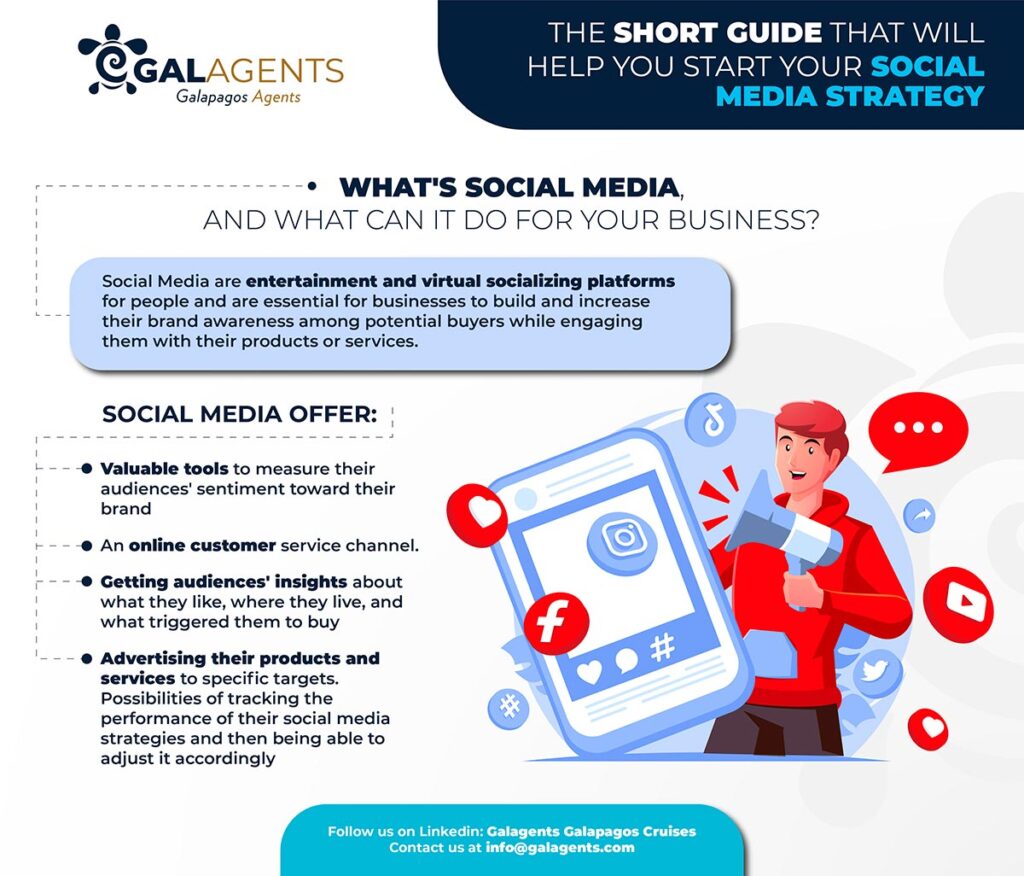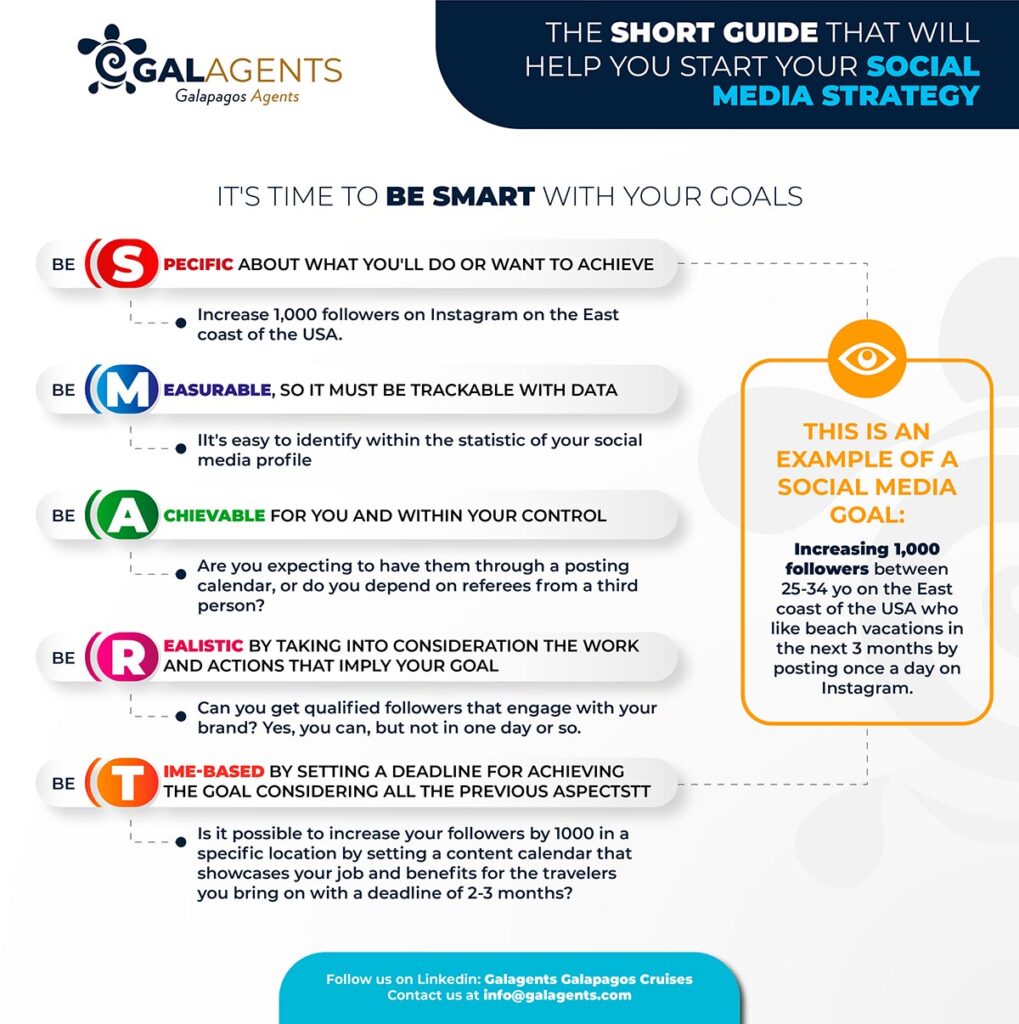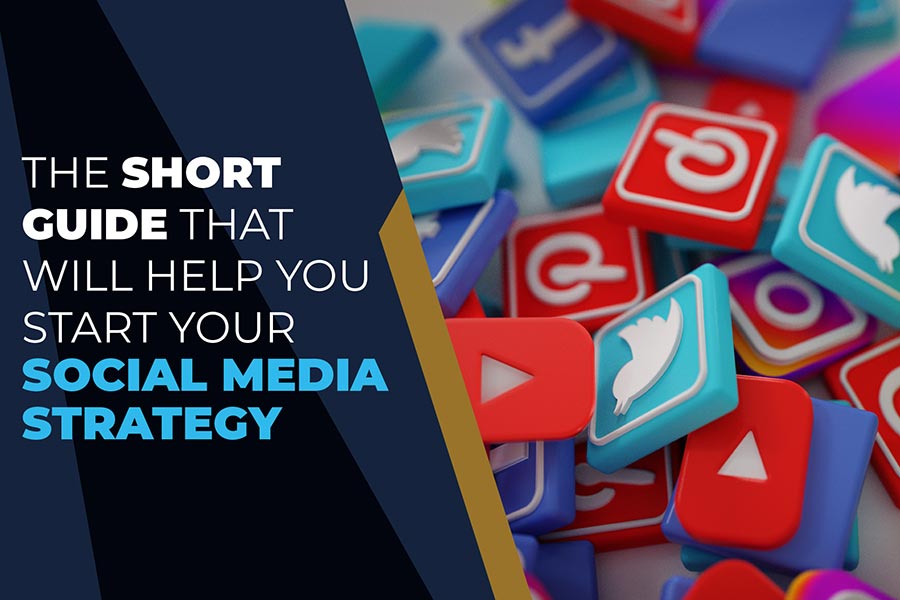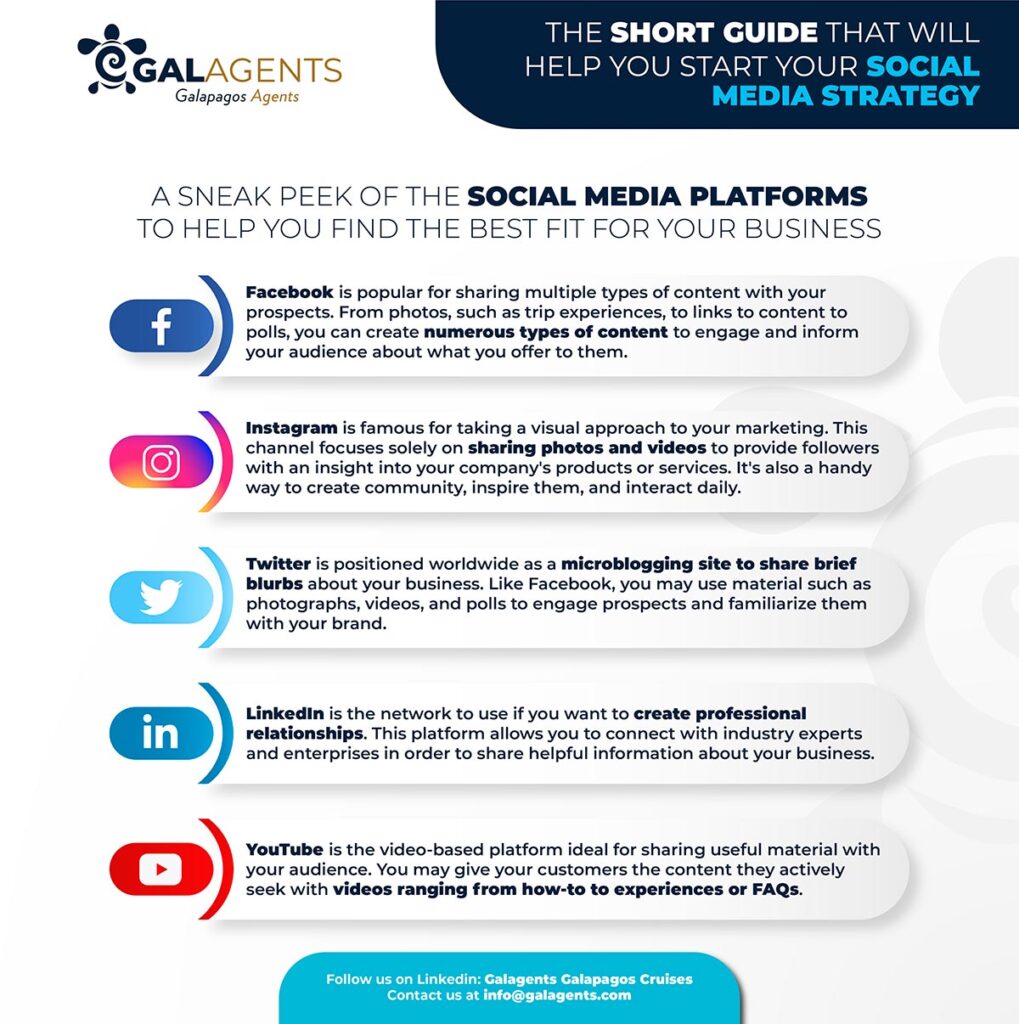Not so long ago, we published an article about “the roadmap you need to overcome the fear of embracing digital transformation.” After publishing it, we had the opportunity to speak with many of our clients and partners. Surprisingly, we found out that there’s still a misunderstanding regarding the digital world, especially on social media.
Some of the comments we got from small-medium tourism businesses were:
- “We publish the same content on all the platforms, and we barely get likes.”
- “I’m thinking of joining TikTok because it’s working for everyone.”
- “My young relative manages our social media channels because he understands it.”
- “I don’t know what to do or how to begin on social media.” and many more comments like this.
We know that social media is scary and misunderstood, but it’s vital for a business nowadays. Hopefully, if you keep reading, you maybe get some clues about what to do, how to start, or find the answers to your doubts.
What’s social media, and what can it do for your business?
Social media is a computer-based technology that allows people to share ideas, opinions, and information via virtual networks and communities. Through them, people share personal information, documents, films, and images in real time using web-based software or mobile applications for smartphones or tablets. (Investopedia.com)

However, what began as an entertainment and virtual socializing option for people, became an essential platform for businesses to build and increase their brand awareness among the potential buyers they were looking for to engage with the aim to sell their products or services.
Later on, businesses found out that social media was a valuable tool to measure their audiences’ sentiment for their brand while serving as an online customer service channel. Moreover, after knowing their audience, what they like, where they live, and what triggered customers to buy their services, companies started to use social media for advertising their products and services to specific targets. Finally, what caught the attention of decision makers were the possibilities of tracking the performance of their social media strategies and then being able to adjust it accordingly.
What should you do first before jumping into a social media strategy?
Without a doubt, the first step you need to take is checking and analyzing what your competitors and leaders within the industry are sharing on their social media. In that way, you can identify:
- Which type of content is engaging within their community.
- Identify the tone of their content: formal or easygoing, description or storyteller.
- The type of interaction they get from their followers
- Who’s the kind of followers they have? Are they the same you’re looking to engage with your brand?
This competitive analysis will help you reduce your learning curve by adapting to what your competitors and leaders in the industry are doing. Be open-minded and ready to try new things, but always give a twist to the essence of your brand to showcase who you are and what makes you unique and suitable for your audience.
It’s time to be SMART with your goals
Have you ever heard about SMART goals? Probably you have, but if you don’t, this is what it means:
Be Specific about what you’ll do or want to achieve.
- Increase 1,000 followers on Instagram on the East coast of the USA.
Be Measurable, so it must be trackable with data
- It’s easy to identify within the statistic of your profile
Be Achievable for you and within your control
- Are you expecting to have them through a posting calendar, or do you depend on referees from a third person?
Be Realistic by taking into consideration the work and actions that imply your goal
- Can you get qualified followers that engage with your brand? Yes, you can, but not in one day or so.
Be Time-based by setting a deadline for achieving the goal considering all the previous aspects
- Is it possible to increase your followers by 1000 in a specific location by setting a content calendar that showcases your job and benefits for the travelers you bring on with a deadline of 2-3 months?
Finally, an example of a social media goal would be:
Increasing 1,000 followers between 25-34 yo on the East coast of the USA who like beach vacations in the next 3 months by posting once a day on Instagram.

Don’t forget these rules of thumb while posting
- Test and measure what works for you. There are no “formulas” applicable to everyone. You need to determine when and where your followers are willing to interact with you and identify the type of content relevant to them or what triggers them to take action.
- Be consistent by constantly publishing, so your community is aware of your product or services, keeping your brand at the top of the mind of your audiences.
- Quality is always over quantity, so avoid publishing without a clear goal. You need to share valuable content with your audience. Solve people’s issues, answer their questions, and connect with their feelings.
- Likes for likes are not the only actions you should care about, because nowadays, what really matters the most is what your followers think (comments), share because they consider it valuable, and save because it’s precious for them and want to check later.
Remember, the key to your social media success is focusing on your audiences’ needs instead of what you want to share. Connect the benefits you bring to them in an honest and approachable way.
A sneak peek of the social media platforms to help you find the best fit for your business
Even though there are no magic formulas, the key is understanding your target audience, where they consume content, and how they interact with their valuable brands. Yet, find below a short overview of the social media channels, so you can identify which is more suitable at first sight. We recommend you dig more into each platform and let us know if you want us to talk about a specific one and its best practices.
Facebook is popular for sharing multiple types of content with your prospects. From photos, such as trip experiences, to links to content to polls, you can create numerous types of content to engage and inform your audience about what you offer to them.
Instagram is famous for taking a visual approach to your marketing. This channel focuses solely on sharing photos and videos to provide followers with insight into your company’s products or services. It’s also a handy way to create community, inspire them, and interact daily.
Twitter is positioned worldwide as a microblogging site to share brief blurbs about your business. Like Facebook, you may use material such as photographs, videos, and polls to engage prospects and familiarize them with your brand.
LinkedIn is the network to use if you want to create professional relationships. This platform allows you to connect with industry experts and enterprises in order to share helpful information about your business.
YouTube is the video-based platform ideal for sharing useful material with your audience. You may give your customers the content they actively seek with videos ranging from how-to to experiences or FAQs.
Was this article valuable for you? If so, don’t hesitate to share it to help others afraid of jumping into the social media world.


